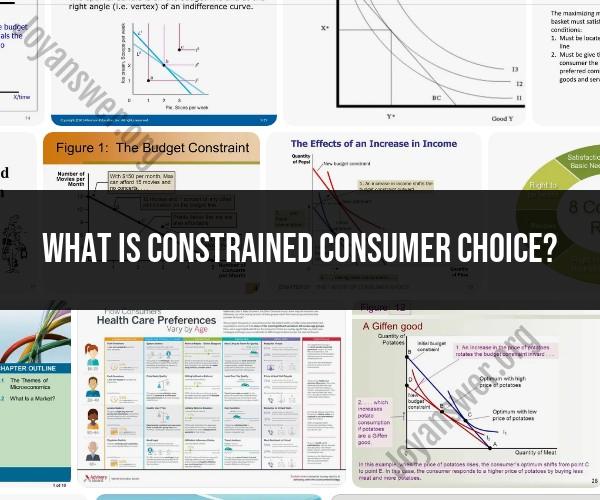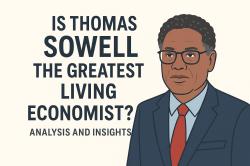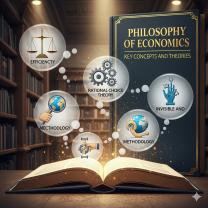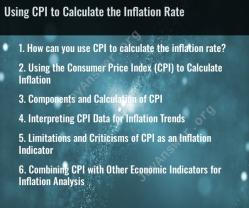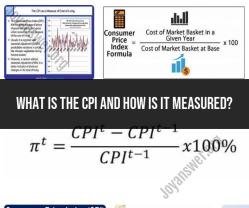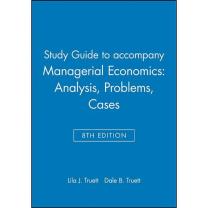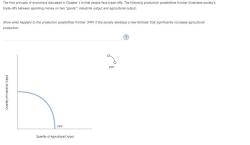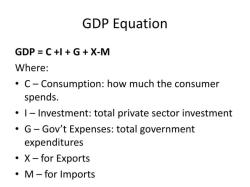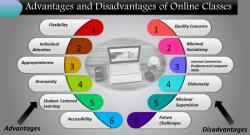What is constrained consumer choice?
Constrained consumer choice refers to the concept that consumers, when making decisions about what to purchase, are often limited by constraints or limitations, including factors such as income, budget, prices of goods and services, and personal preferences. In other words, consumers must make choices within the constraints of their available resources and the market conditions they face.
Key points about constrained consumer choice:
Limited Budget: One of the most common constraints on consumer choice is the consumer's budget or income. Most consumers have a finite amount of money to spend on goods and services, and they must make choices about how to allocate their income among various options.
Price of Goods: The prices of goods and services in the market play a crucial role in constraining consumer choices. When prices rise, consumers may choose to purchase less of a particular item or look for more affordable alternatives.
Preferences and Tastes: Consumer choices are also influenced by personal preferences and tastes. People have individual preferences for different products, brands, and qualities, which further constrain their choices.
Opportunity Cost: Constrained consumer choice involves considering the opportunity cost of a decision. When a consumer chooses to spend money on one item, they are giving up the opportunity to spend that money on something else. For example, buying a luxury item may mean sacrificing the ability to purchase other goods or experiences.
Information and Knowledge: Access to information and knowledge about products and services can impact consumer choices. Consumers with more information about their options may make different choices than those with less information.
Market Conditions: Economic conditions, such as inflation or recession, can affect consumer choices by altering the purchasing power of their income.
External Influences: Marketing, advertising, and peer pressure can also influence consumer choices by promoting certain products or lifestyles.
Resource Constraints: Beyond financial constraints, consumers may have limitations on other resources, such as time and energy, which can influence their choices.
Rational Decision-Making: Within these constraints, consumers typically aim to make rational decisions that maximize their utility or satisfaction. They seek to allocate their resources in a way that provides the greatest benefit or value given the limitations they face.
Understanding constrained consumer choice is important in economics and marketing because it helps explain why consumers make specific decisions and how market forces, including prices and income, affect those choices. It also highlights the role of individual preferences and external influences in shaping consumer behavior.
Constrained Consumer Choice: Factors That Limit Options
Constrained consumer choice is the idea that consumers cannot buy everything they want because of limited resources and other factors. Consumers are constrained by their income, prices, and availability of goods and services. They are also constrained by their preferences, tastes, and knowledge.
Here are some specific factors that limit consumer choice:
- Income: Consumers' income is the amount of money they have available to spend on goods and services. A consumer's income is a major constraint on their choice, as they can only afford to buy goods and services that are within their budget.
- Prices: The prices of goods and services also limit consumer choice. Consumers are more likely to buy goods and services that are less expensive.
- Availability: The availability of goods and services also limits consumer choice. Consumers cannot buy goods and services that are not available to them.
- Preferences, tastes, and knowledge: Consumers' preferences, tastes, and knowledge also limit their choice. Consumers are more likely to buy goods and services that they like and that they know about.
Restricted Selections: Understanding Constrained Consumer Choice
Constrained consumer choice can be seen as a restriction on consumer freedom. However, it is important to note that all consumers face constraints on their choice. Even wealthy consumers with access to a wide range of goods and services are still constrained by their own preferences, tastes, and knowledge.
Constrained consumer choice can also be seen as an opportunity for businesses to differentiate themselves from the competition. By offering unique products and services that are tailored to the needs of specific consumer groups, businesses can attract new customers and increase sales.
Consumer Freedom Constraints: Exploring Limitations in Choice
In addition to the factors listed above, there are a number of other factors that can limit consumer choice. These include:
- Government regulations: Governments often regulate the production and sale of goods and services. These regulations can limit consumer choice by restricting the types of goods and services that are available and by raising the prices of goods and services.
- Business practices: Businesses often use marketing and other strategies to influence consumer choice. These strategies can limit consumer choice by making it difficult for consumers to compare different products and services and by creating a perception that certain products and services are better than others.
- Social norms: Consumers are often influenced by the social norms of their community. These social norms can limit consumer choice by making consumers feel pressure to buy certain goods and services or to avoid buying other goods and services.
It is important to note that the limitations on consumer choice can vary depending on the country or region in which a consumer lives. For example, consumers in developed countries typically have more choices than consumers in developing countries.
Despite the limitations on consumer choice, consumers still have a significant amount of freedom to choose what they buy. By understanding the factors that limit their choice, consumers can make more informed decisions about what to buy.
